You’ve just written an A+ article.
You’ve crossed your T’s and dotted your I’s and are certain that your article is going to crush it.
After much anticipation and preparation, you publish it.
You watch. You wait.
And it gets zero traffic!
What went wrong?
Well here’s the thing about content.
It’s not enough to simply produce it.
Content isn’t a “write, and they will come” type of deal.
Believe me on this.
I know from experience.
And I know from hard data.
A joint study from Moz and BuzzSumo that analyzed one million articles found, “50 percent of 100,000 randomly selected posts had two or less Twitter shares, two or less Facebook interactions, one or less Google+ shares, and zero LinkedIn shares.”
“75 percent of the posts had zero external links and one or less referring domain links.”
Yikes.
Here’s what that looks like visually.
In other words, nobody gives a rip about the vast majority of content that’s published.
There’s a tiny percentage of content that dominates, but most simply flounder and never gains traction.
In other words, if you’re just writing content and hoping that they come, you’re wasting your time and money!
I don’t care how good your article is. I don’t care how “viral” you think it could become.
Good content, and it doesn’t matter how good, will not automatically blow up and get traffic.
So how do drive traffic to your article? How do you get the links, the shares, the eyeballs, and the conversions that you crave?
It’s simple.
You need to aggressively promote it, especially if you’re new to the game.
And I realize that it’s kind of crazy if you think about it.
Content marketing is a means of promotion in and of itself.
But to really get results, you need to promote your content as well.
So in a sense, you’re promoting promotional content.
With that being said, I’m going to provide you with a methodology I’ve found useful for promoting my content.
Using this system for any article should get more eyeballs on it and ensure that your time and energy weren’t spent in vain.
I use this process, and it serves me well.
You can get success if you use this process as well.
Reach out to known “sharers”
You’d be amazed at how many people are willing to help you out if you just ask.
I know that reaching out to influencers has been a big help in getting me to where I am today.
I simply couldn’t have done it without all of the people who have helped me out along the way.
One of my most straightforward strategies involves identifying people who are sharing content that’s similar to your article and reaching out to them in hopes of getting them to share your article as well.
There are several ways to go about this, but BuzzSumo is a particular tool that I recommend because of the detailed information it provides and insightful metrics.
Here’s what you do.
For this example, I’m going to reference one of my more recent posts.
It’s one I wrote that discusses some of the top SEO plugins for WordPress.
So I’ll just use “WordPress SEO plugins” as my keyword phrase to search for similar content.
I simply go to BuzzSumo and enter this in the search box.
Click on “Search.”
Here are some of my results.
I know that there are some results from NeilPatel.com, but disregard them at this point.
What I want to do is target the post that received the most overall shares.
In this case, it’s this one from Social Media Examiner.
Now I understand that the article is on WordPress plugins for social media marketers.
But there’s a good chance that many of the people who shared this post would be interested in SEO plugins as well.
Here’s what I do now.
Click on “View Sharers.”
Now I get a list of everyone who shared this article along with some helpful metrics like their page authority, domain authority, number of Twitter followers, etc.
From there, I’ll scroll through this list and identify anyone I’m interested in reaching out to.
BuzzSumo will provide you with their Twitter info and website.
I personally prefer to reach out via email. A lot of times, people don’t notice their Twitter DMs. I try to find an email address or contact box on their website.
If all else fails, you can just contact them via Twitter.
From there, send them a personalized script where you explain that you have created similar content to the post they linked to and ask for them to link to you as well.
Here’s a good template to use.
Assuming your article is as good or better than the one they initially linked to, you’ve got a solid chance of getting a link.
However, it is a numbers game, so you’ll want to reach out to a minimum of five different people.
If you can get even a few influencers to link to you and share your content with their audience, you’re practically guaranteed to bring a surge of traffic to your article.
I should also note that Open Site Explorer is another tool that will tell you where articles are getting their links from.
It can be useful as well.
Use Klout to find influencers to quote
This is another tactic that leverages the power of influencers to boost your article.
It involves a four-step process.
- You find influencers who are experts in the topic you’re writing about
- You contact them and ask for a quote
- You add their quote to your article
- You ask them to share your article containing their quote
But how exactly do you go about this?
Here’s what I recommend.
First, go to Klout.
This is the tool you’ll use to find potential influencers.
Log in or create an account. (It’s free.)
Then you can explore topics.
What you want to do is enter a search phrase that’s relevant to your article.
Let’s just say that I wrote an article about content marketing.
I’ll just use “content marketing” as a keyword in the search box.
Then I’ll pick the topic that matches my article the closest.
Here’s what pops up.
On the left-hand side, there is a list of the top 10 experts to follow.
I can start with this list because these individuals/brands are at the top of the totem pole.
Or you can scroll through the list of articles and find an influencer that way.
Find an influencer you’re interested in, and click on their name.
I’ll just go with Neal Schaffer.
Here’s the information I get.
Just like that, I can see which areas he specializes in and instantly have links to his social media accounts.
Now all I have to do is find the best means of contact.
This is quite easy. It just takes a little digging.
From his website, I find a contact form.
Now all I have to do is shoot him a quick message.
Just say something along the lines of, “I recently wrote an article on [your topic] and wanted to ask if you could provide me with a quote to enhance it.”
Also, explain that you will send them the finished post and would appreciate it if they would share it with their audience.
Once you’ve incorporated their quote into your article, send it to the influencer and ask them to share it.
As long as your article hits its mark, it’s reasonable that your request will go through successfully.
And just like that, you’re bringing massive exposure to your content and have a very valuable contact for the future.
Bam! Your network just grew.
Contact sites you’ve linked to
Read through pretty much any of my articles, and you’ll notice a trend.
I link out frequently to helpful resources.
See what I mean?
In just a short body of text, I included four different links.
There’s one to HubSpot, The Wall Street Journal, an article on Medium, and The Digital Marketing Academy of Canada.
This gives my readers additional resources that build onto the discussion and lets them explore a topic in further detail.
But you know what?
This can also be used as a way to get your foot in the door with influencers and get them to share your content.
The formula is quite simple.
Record all of the links that you include within an article (along with the anchor text for quick reference).
Then reach out to each website and let them know that you linked to them, and ask if they will share your content.
This is a very “I’ll scratch your back if you scratch mine” technique that works surprisingly well.
I’ve used this very tactic to generate hundreds and even thousands of shares for a boatload of traffic.
If you’re just not making any headway with a particular article but you know that it’s legitimately high quality, this can get the ball rolling.
Just think about it.
It’s obviously flattering and helpful for a website or blogger when someone links to them.
You’re simply letting them know about it and asking for them to reciprocate.
And as you probably already know, the law of reciprocity is very powerful.
It’s actually Robert Cialdini’s number one principle of persuasion.
So I highly recommend using this tactic.
You may even be able to develop long-term relationships with key influencers in your industry.
Post your article on Alltop
I really love Alltop!
It’s gained a considerable amount of attention in recent years but is still off of the radar of many marketers.
And that’s unfortunate.
Not only is Alltop great for coming up with new content ideas, it’s perfect for extending the reach of your articles.
What I love is that it doesn’t require any extra effort on your end.
Each time you publish something new, it automatically pops up on Alltop.
Here are some of the results I get when searching for social media marketing as a category.
In order to take advantage of Alltop, you’ll first need to sign up.
It’s easy and completely free to do.
Just scroll down to the bottom of the homepage, and you’ll see “Submissions.”
Click on that.
Here’s what you’ll see next. Click on “create an account.”
Then follow the steps to get set up.
Alltop will then verify your site.
Once it goes through, your article (as well as the rest of your content) will show up on Alltop under a relevant category.
If your article isn’t getting the traffic you’re looking for, Alltop can serve as a spark that should help you bring in a reasonable number of visitors.
The best part is that everything you post going forward will be featured with no additional effort.
Use Quora
Quora is one of the most versatile sites on the Internet for marketers.
For instance, you can use it to learn about industry trends, research new ideas for content, build your authority, expand your brand and so on.
You can also use it to promote a single article and kill it with your referral traffic.
I’ve found Quora to be absolutely perfect for this.
Recently, I’ve amped up my efforts on Quora, because I see how powerful a tool it’s been for referral traffic, personal branding, and growing my influence.
At the time of writing this article, I’ve generated nearly 650,000 answer views so far.
Here’s what you want to do.
First, you’ll need to search Quora for a topic that’s related to your article.
I’ll just use conversion optimization as an example.
Type that into the search box.
Then click on the topic that’s closest to what you’re searching for.
In this case, there’s a topic specifically geared around conversion optimization.
Click on it.
Here’s what I get.
This topic currently has 2.1k questions and 8.8k followers, which is pretty big.
Now I’ll just scroll through the feed until I find a question that’s relevant to the article I’m looking to promote.
Ideally, the question will have received significant engagement in the form of “Upvotes,” comments, etc.
Once I find it, I’ll leave a high-level answer and include a link to my article.
I actually used Quora to attract nearly 10,000 visitors in one month!
So I can tell you for sure that it gets results.
The key is to be super in-depth with your answers and leave no stone unturned.
Here’s just a sliver of an answer that I left on a question that involved improving domain authority.
Click here to see the response in its entirety.
I’m not saying that you necessarily need to reach this level of detail, but it should give you a pretty good idea of how in-depth you should be in order to stand out on Quora.
Short one-liner answers just don’t cut it. Quora users want depth.
This is essential to driving traffic to your article and for boosting your credibility.
Switch up mediums
What I really love about content marketing is the variety of different mediums there are.
This means I’m not stuck writing traditional text-based blog posts all of the time.
Instead, I can experiment with videos, podcasts, infographics, etc.
All of which I take full advantage of.
This not only makes your content more engaging, it allows you to cast a wider net and reach a larger percentage of your demographic.
So here’s what I suggest that you do with a “great” article that’s failing to bring in any traffic.
Create content on other mediums that discuss the core points of the article and link to it yourself.
If other people aren’t linking to it, at least you can, right?
Here’s a great example from Kissmetrics.
There’s an article called, “Scalable Sales Models in SaaS – It Starts With Your Pricing!”
It discusses how to establish a scalable sales strategy.
But it doesn’t stop there.
There’s also a corresponding video called, “Seven Tips to Get Your SaaS More Customers and Greater Market Share.”
It doesn’t cover the same content exactly, but there’s enough overlap there to warrant linking out to the article from the video.
This is a great recipe to follow.
Keep in mind that there are many more options than just video.
Like I mentioned before, there’s also podcasting and infographics.
Here are some other ideas.
The logic here is that even if you don’t nail it with your initial article, you can increase your odds of success by creating similar content on a different medium and linking to it.
Leverage your email list
Okay, I may sound like Captain Obvious with this last point, but there are so many marketers who fail to capitalize on their email subscribers.
When you’re trying to get the word out, what better way to than to simply share it with your subscribers?
But here’s the thing.
You don’t want to be annoying about it.
I don’t recommend just starting an email with “read my post,” yada yada yada.
I prefer to include some genuinely interesting information that relates to your article and tying it in seamlessly.
Here’s an example.
I recently wrote an article about choosing a domain name when yours isn’t available.
So for the email, I might point out the fact that there were 126.9 million “.com” domains in Q4 of 2016.
I then might explain how frustrating it can be if you can’t get your brand name with a “.com” and mention that my subscribers can learn what to do by reading the article.
I guess what I’m trying to say here is that you shouldn’t shamelessly self-promote every single article you write.
This is only going to annoy your readers and lead to unsubscribes.
But it’s totally fine to let them know about an interesting post that offers value.
And if you’ve got a sizable email list, this can give your article a tremendous boost in no time.
I’m all about using the simplest methods to get the biggest results.
Email should be your go-to solution.
Conclusion
Content marketers can get themselves into trouble by thinking that their job is done once they’ve clicked “publish.”
I used to think that was all I had to do. I poured a lot of energy into writing a great post then thinking my job was over. Sound familiar?
My job is far from over once I publish my article.
In reality, my real job has just started.
Unless you’re Seth Godin where readers hang on to your every last word, you’re going to need to promote your content…aggressively.
Fortunately, there are a lot of different ways you can go about this without being obnoxious or spammy.
By using the methodology I outlined here, you can get your article the exposure it so desperately needs.
And once you get the hang of these techniques, you’ll know what to do if you ever find yourself in a similar situation.
What do you do with great content that underperforms? What’s a tactic you’ve tried that consistently gets great results?

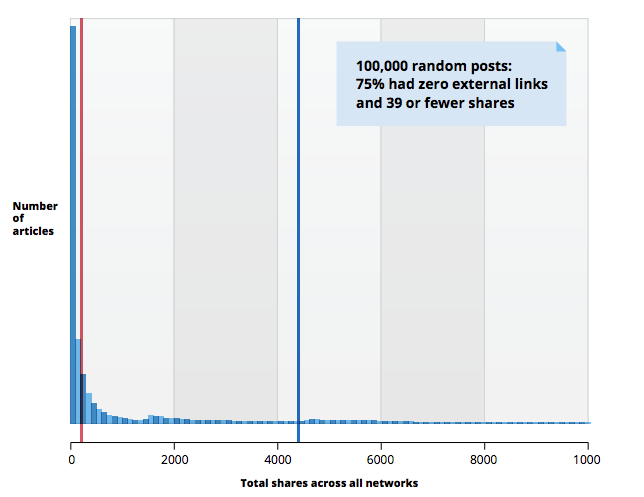




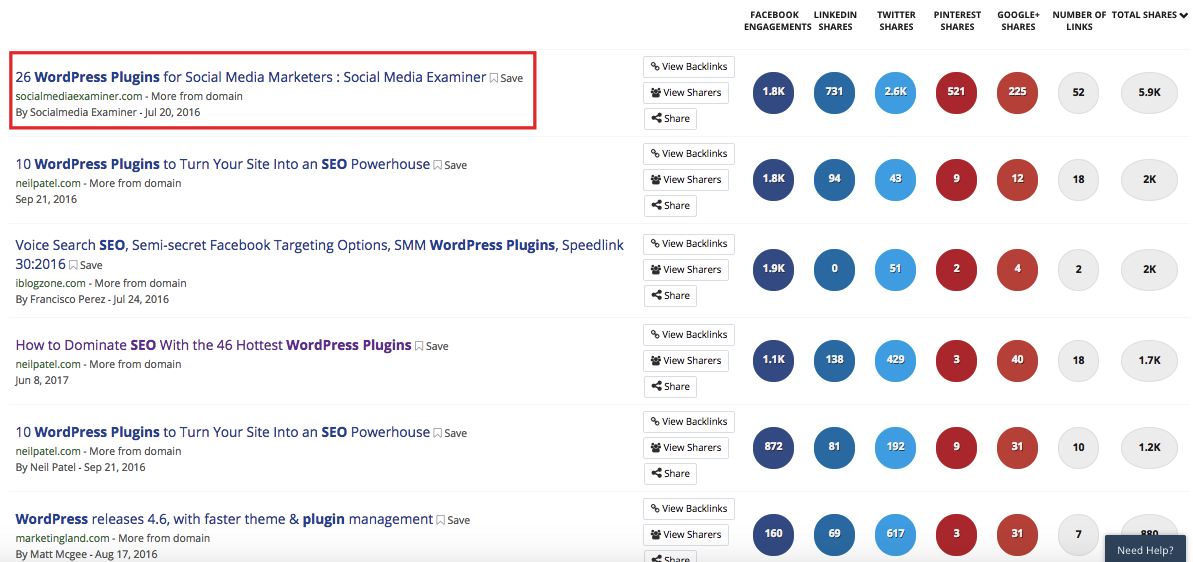
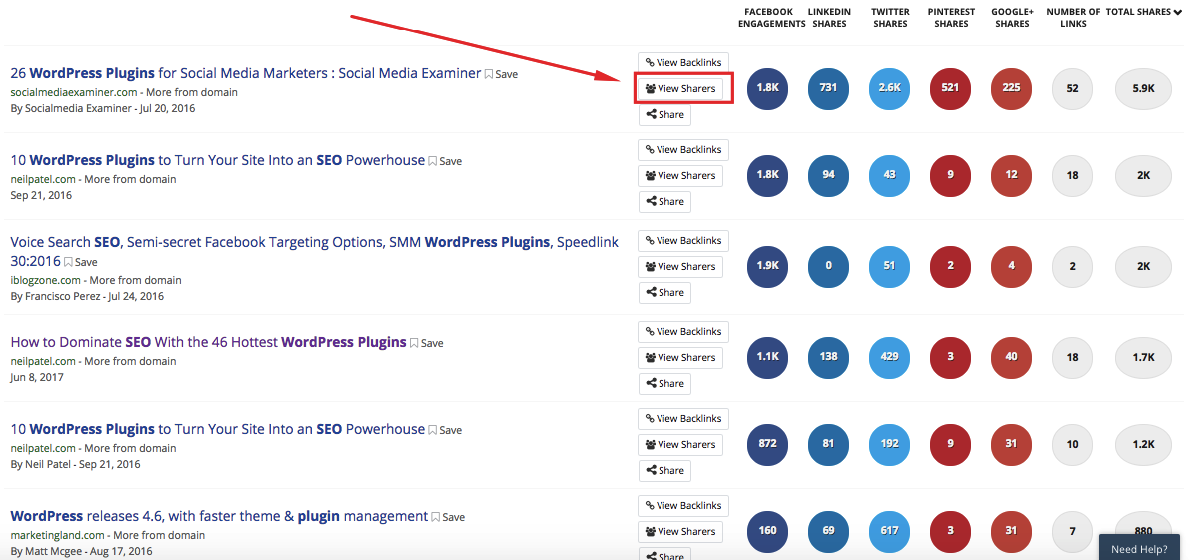



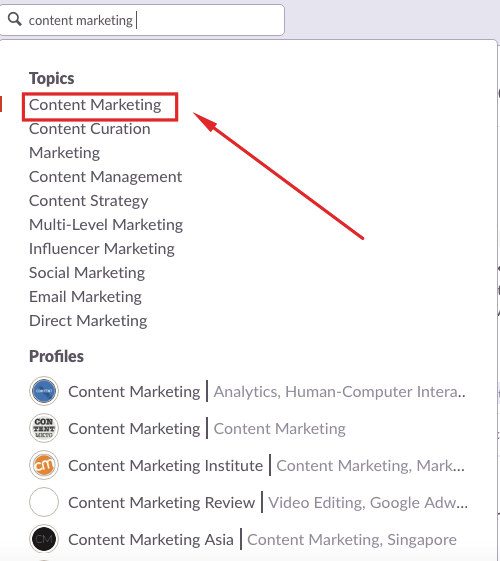








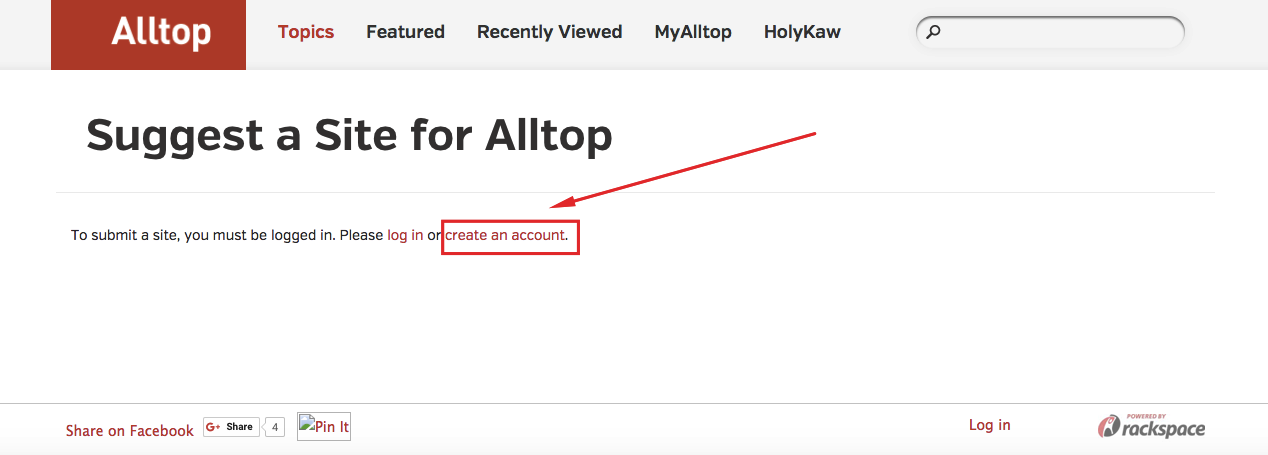



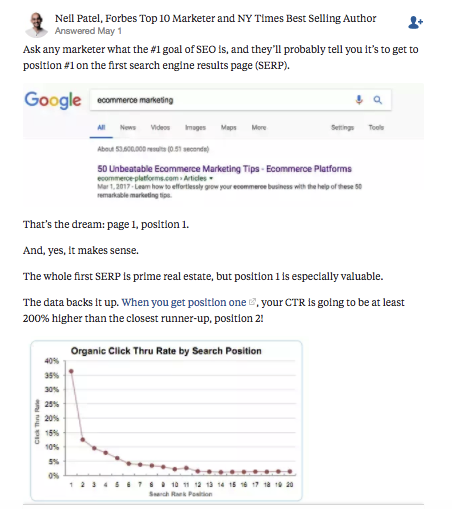
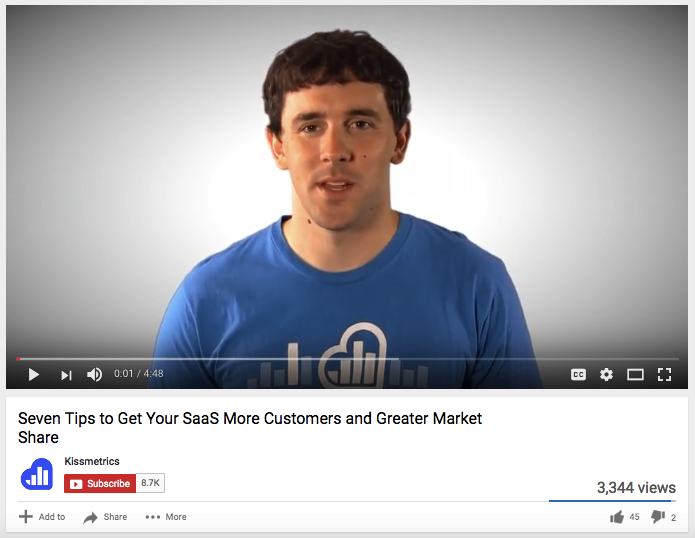
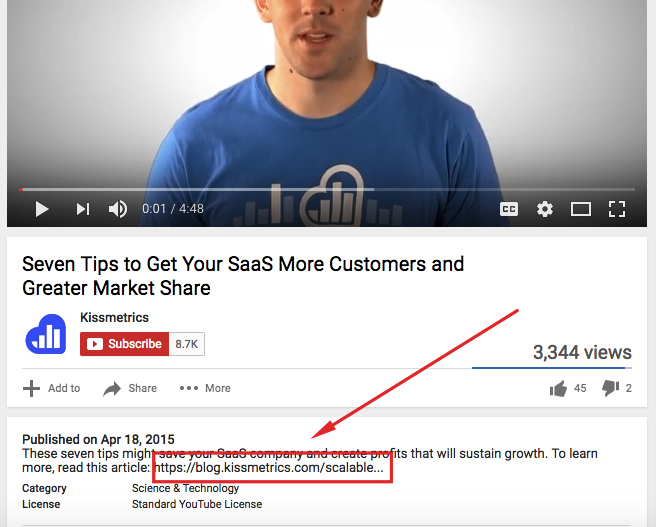


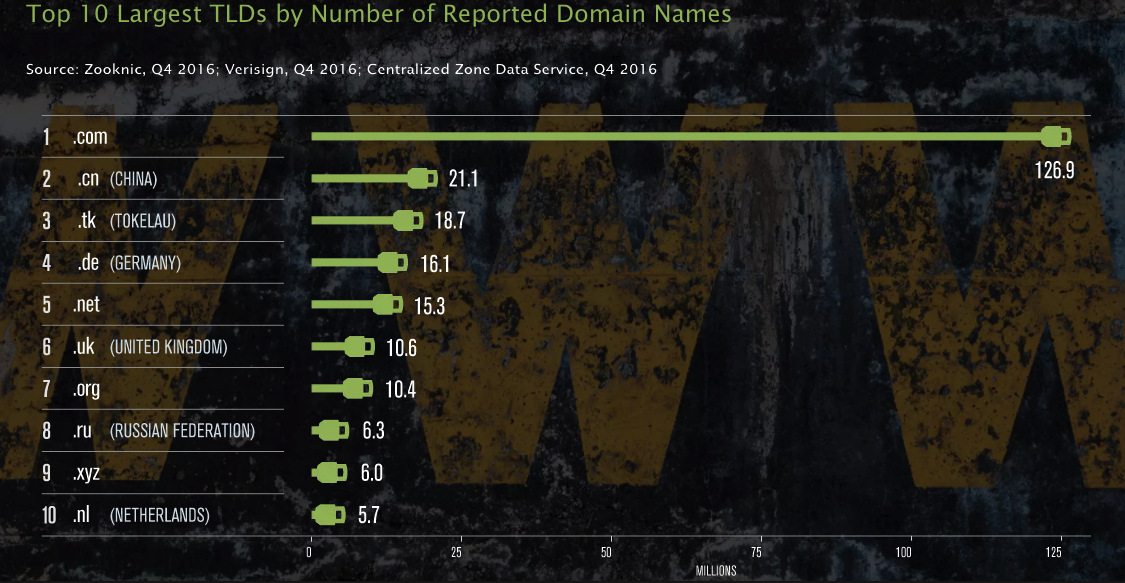
Comments (62)